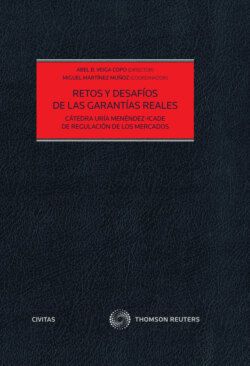Читать книгу Retos y desafíos de las garantías reales - Abel B. Veiga Copo - Страница 88
На сайте Литреса книга снята с продажи.
2.2.5. Summary
ОглавлениеThe fixing of this last problem76 has not yet reached the level of a 5th step in the evolution of CACs but it demonstrates that literally every inch on the way is subject to the above-mentioned77 endless battle between debtors and creditors. It is remarkable, though, how much effort is put in this evolutionary process78 and how much belief and trust is given in a contractual rather than a statutory approach. The privatization, as it were, of the coping with a sovereign default seems to be the ultimate goal; a neutral third party, a supervisor or decider or referee shall be kept out by all means. Insofar do these efforts fit perfectly in the evolution of a sort of lex mercatoria which also constantly –with varying success79– tried to keep such an official third party out of the rule setting.
The consequence thereof, however, is that the sovereign default will be seen exclusively (or yet primarily) as an affair between a debtor and a creditor in a credit relationship, as described supra sub A. What is left out thereby, though, are the entire political, economic80, social and personal ramifications (including innumerable legal problems81) which transform all those cases into tragedies of far-reaching impact82. Suffice it to mention that all the human rights implications of such tragedy, that all the democratic legitimacy issues, and that all other constitutional implications are ignored when concentrating just on that two-persons-relationship. It is doubtful83 whether this result should be the end of the discussion about the need for a resolvency proceeding for sovereigns84.
